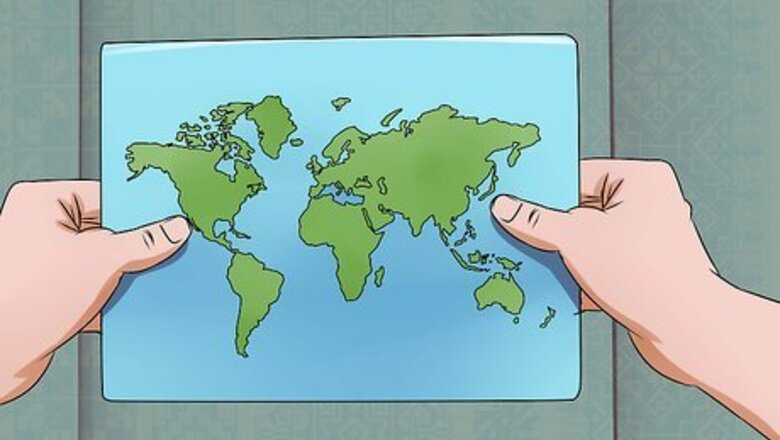
views
Studying for the Bee
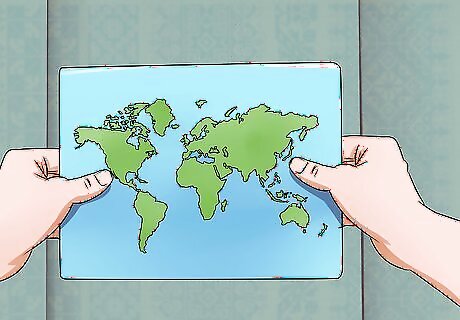
Gather your materials. You will need a world map, an atlas, a geography textbook, and blank map outlines to practice labeling. A globe is nice to have too. There are also books dedicated to succeeding in the bee itself. Make sure that all of your materials are up to date. Since many people no longer rely on maps to get where they need to go, reading and understanding one may not come naturally to you. Make sure you know what you are looking at, how different features are represented, and what the map can tell you.

Understand that geography is a broad field and that you will need to know about much more than the Earth’s physical features. At its core, it is about people, the places they live, and how these people and places affect each other. To succeed in the bee, you need to learn as much as possible about how culture, society, and politics have evolved across the globe. Geographers have developed different categories for doing this. Physical geography describes the Earth’s physical landscape, including its seasons, climate, soil, water, and land. It also takes into account how human have changed these systems. Climatology, for instance, is a part of physical geography that looks at both the natural world and human behavior. Human geography is even more interested in humans both affect and are affected by location. It explores where people live and why, as well as how people’s behavior affects those living both around them and across the globe. It also focuses on how beliefs and behaviors travel from one area to another. Geographic techniques involve different ways of describing and representing the Earth’s landscape and processes. Cartography (map making) has long been an important geographic technique, but today the field also involves data culled from satellites and analyzed by sophisticated computer programs. Regional geography involves characteristics of the other categories, but its practitioners focus their attention on a specific region. A regional geographer will use different geographic techniques to study the landscapes and people of their chosen region, be it a continent or a city.

Pay attention to the news. Although the earth’s features usually change slowly, national borders, international relations, and scientific knowledge can change very rapidly—sometimes overnight. Know that any of these developments are fair game in the bee. Newspapers, radio, television, and the Internet are all good sources for news, but make sure your sources are reliable. Consume a wide variety of sources to make sure you are getting the most comprehensive picture possible.
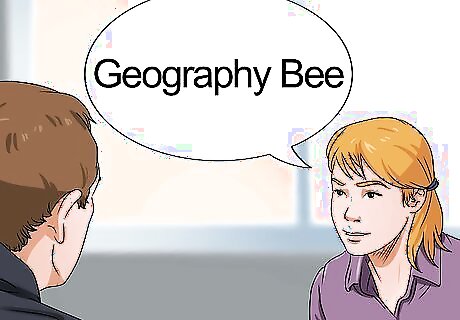
Learn from previous years’ competitions. This will help you learn the kinds of questions to expect and where to focus your studying. Talk to older students who participated in the bee. What was their most effective study habit? What do they wish they had done differently? Take their advice into consideration when planning your own preparation. However, don’t think that you can just focus on the same subject areas as other people. Talking to them can give you a sense of the level of detail exam runners will be looking for, but not the content. You’re on your own for that! Emulate previous years’ winners. 2015 winner Karan Menon has said that he studied for at least one or two hours per day. He also stressed the importance of using different kinds of sources and studying all aspects of geography, including current events. Remember, to do your best in the bee, you need to prepare. Start studying well before the bee and stay committed. Not studying at all and then cramming the night before is not a good tactic to use.

Involve friends and family. It will be up to you on test day, but that doesn’t mean you can’t get help along the way. Recruit a parent or other adult to quiz you on bee questions. They will probably be learning something, too. There are books of bee questions you can buy, or you can ask them to come up with their own questions. If you are studying with a group of friends, stage mock bees. Try to mimic the conditions of the bee as closely as possible. The friendly competition will give you practice answering questions under pressure.
Performing in the Bee

Practice healthy habits. You might want to glance over your notes the night before or the morning of the bee, but do not try to cram. Instead, get a good night’s sleep, and eat a healthy breakfast. Make sure to include some protein for lasting energy—the bee could last for a while, and you want to be at the top of your game. Many people also find it helpful to get in some physical activity on a big day, even if it’s just jumping rope for ten minutes.
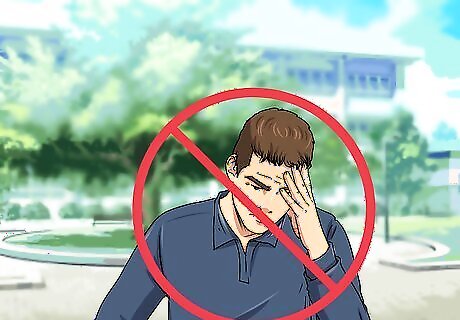
Manage performance anxiety. It’s natural to feel some anxiety before and during a competition. You don’t want your nerves to get the best of you, though. Know that the better prepared you are, the likelier you are to be relaxed on bee day. This is just one more reason to start studying early and do so regularly. Think about what is important to you and why. Scientists have found that this is a great way to feel better about yourself and your abilities. Avoid focusing too much on the big picture. Instead, ask yourself what you need to do in that moment—and focus on doing the best job possible with that one task.

Face the audience with confidence. It’s no secret that public speaking is one of the most common fears out there. Conquering these fears might not be as simple as the old “picture your audience in their underwear” trick, but it can be done. If you don't know what to do, smile and try to look relaxed. It works! Remember that the audience is rooting for you. The people in the audience are your friends, family members, neighbors, and teachers. They want you to do well! If you can see the audience, find someone—be it a parent or a stranger—who is smiling or otherwise looks supportive, and focus on them. Don’t obsess over people who look bored or are on their phones. They may not think they are being rude, even though it will certainly seem that way to you.
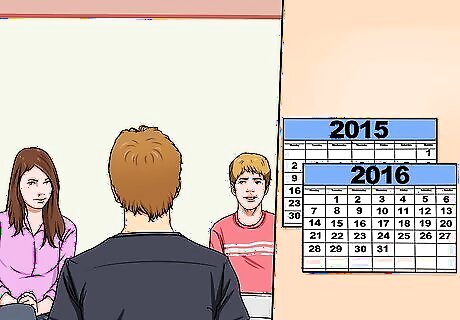
Get ready for next year. If you are disappointed in your performance, know that you can try again next year as long as you will still be in 4th-8th grade. Students may participate up to five times total. If you will be in 9th grade next year, don't worry! There are many geography competitions that may be the right fit for you. Check out the International Geography Bee, the Geography Olympiad, and the North South Foundation.
Moving on to States and Nationals
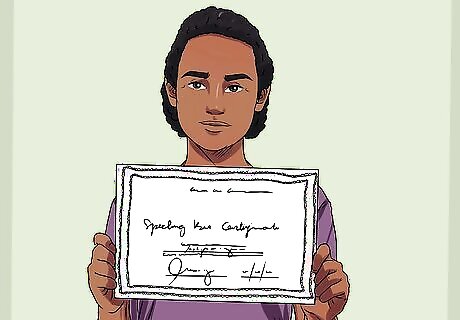
Win your school bee. Only one student from each school will have the opportunity to compete in the state bee. This means that, as a fourth grader, you will be competing against students who have a lot more experience than you do. You will be in their position in a few years, though, so don’t give up. How the school bee is conducted depends on your school. Some students have to take tests to qualify, some don't. The school bee ends with a live final with 6-10 students competing. There are some rounds where you will get your own question and some rounds where everyone is asked a common question. It's OK if you give one incorrect answer, but once you give your second incorrect answer, you will be eliminated. The field is then narrowed down to two competitors who engage in a championship round. They are both asked the same three questions and whoever gets the most correct wins. If there is a tie, more questions are asked in a single-elimination style. If you want to know exactly how your school bee will run, ask the person that runs it.

Move on to the state bee. If you win your school bee, you may move on to the state bee, but you will not qualify automatically. All school winners will take a test, which will be administered on the computer at your school. You will not be allowed to receive any help on this test. Only those with high enough scores will move onto the state bee. If you think you have a good chance of making it to state, don't stop studying! Check the National Geographic Bee State Qualifiers website on March 2nd, 2020 to see if you qualified. If you name isn't listed, you didn't qualify. 2020 state bees are on March 27th. In the state bee, there are five preliminary rooms. Everyone answers eight different questions. One point is awarded for a correct answer. The students with the top ten scores are state finalists. If there is a tie, it will be broken with a state tiebreaker round. If you would like to see an example of a state final bee, go to YouTube and look for Indiana's.
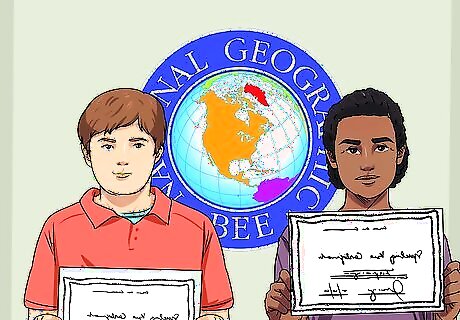
Go to the national bee. State champions will automatically move on to the national championship, held each year in Washington, DC. The winner receives a $25,000 college scholarship, a trip to the Galápagos Islands, $1,000 in cash, and more. Top finishers also receive prizes. Try to watch videos of previous years’ national bees. This will give you a sense of both the kind of competition you will be up against and the atmosphere you will face if you get that far.










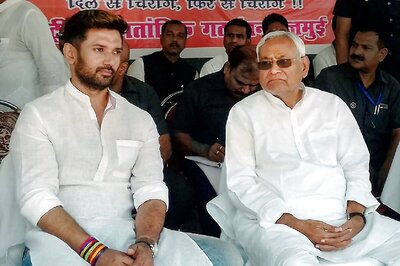


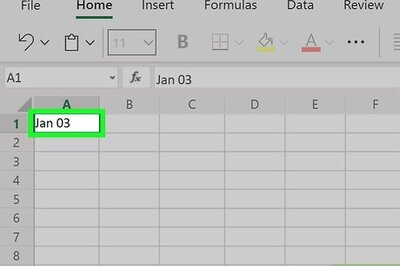
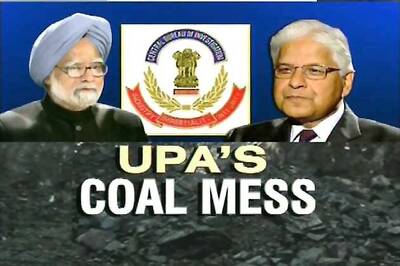

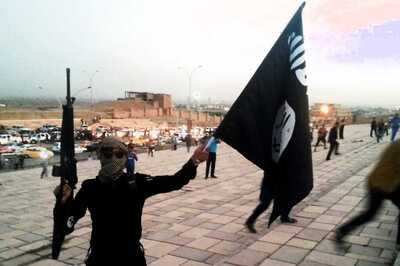


Comments
0 comment